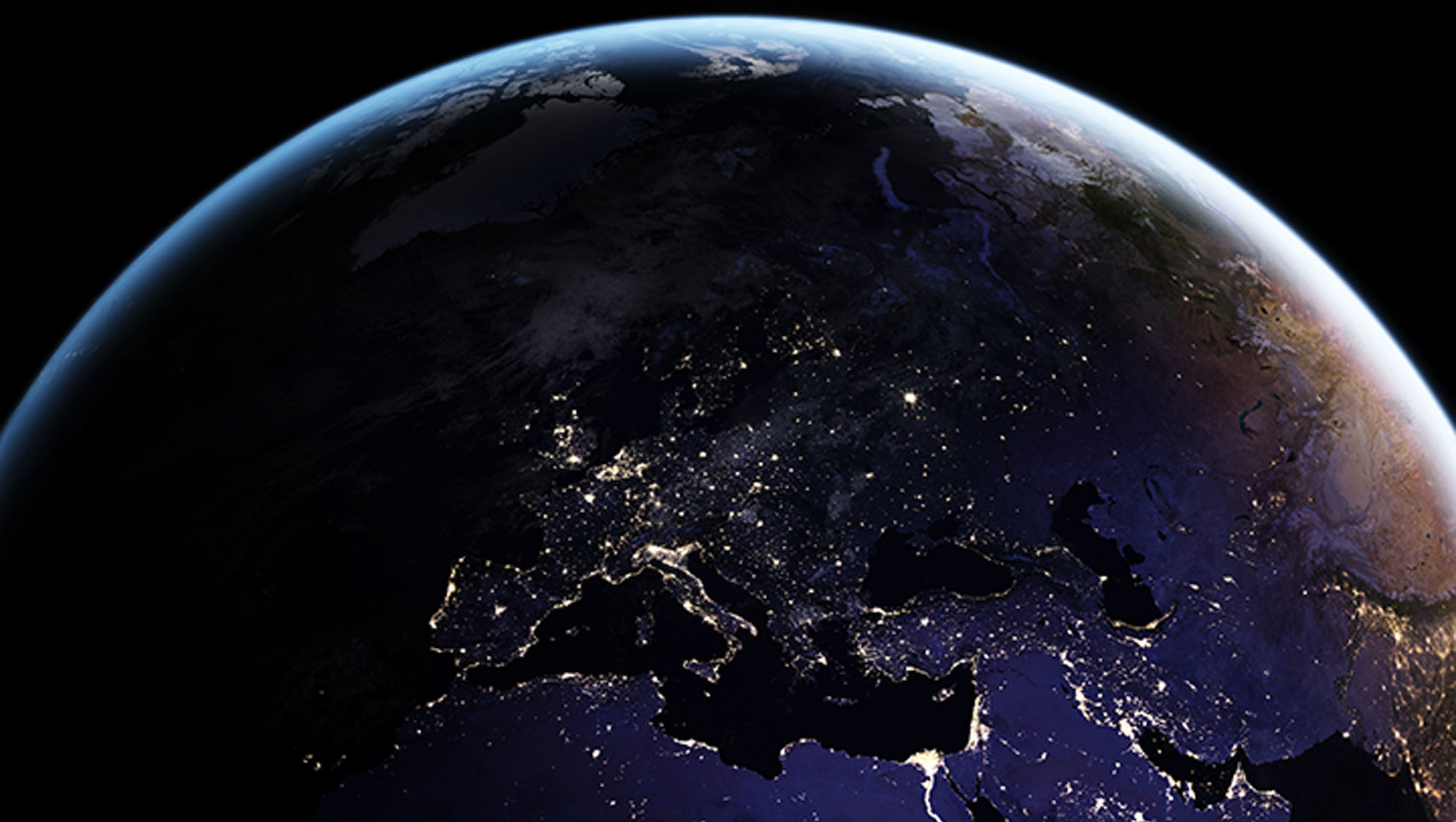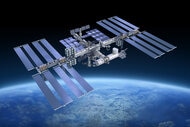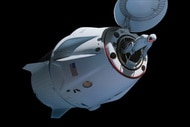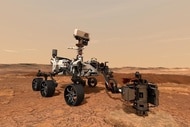Create a free profile to get unlimited access to exclusive videos, sweepstakes, and more!
SpaceX satellites are now being mistaken for UFOs—and making astronomers rage

It’s not aliens, but short of a planetary takeover by tall greys, it’s something worse.
Starlink was intended to bring affordable internet to millions of people, many in remote areas, but Elon Musk obviously didn’t foresee the side effects. The light pollution that has already plagued astronomers since 120 of what are essentially, at least to a scientist, fake stars were released into low-Earth orbit. Now it just got to be even more of a headache. Not only is the light from these satellites getting in the way of observations, but they are apparently shining bright enough to be mistaken for UFOs.
For whoever doesn’t keep up with SpaceX, this has come as something of a shock. Montana residents recently reported sightings of what they thought were unidentified flying objects to their local news outlets after spotting a train of Starlink satellites that could also be seen from Illionis, Iowa and Michigan in the past week. This shouldn’t be much of a surprise. When the pseudo-constellations were first launched into the night sky in May, Europe experienced a breakout of UFO sightings.
There are reasons this “UFO” phenomenon is more serious than that infamous radio broadcast of The War of the Worlds, which terrified listeners into thinking Halloween 1938 was the last day of their lives before an alien invasion. Even scarier is that Starlink is looking to launch enough satellites for a total of 12,000. Light pollution could have serious repercussion on astronomical observations.
“The number of such satellites is projected to grow into the tens of thousands over the next several years, creating the potential for substantial adverse impacts to ground- and space-based astronomy,” said a statement released by the AAS not long after the Starlink constellations were first released.
Observatories operate at night for a reason. Unfortunately, light pollution is sabotaging the clear skies they need. When there is too much artificial light after dark, it scatters and creates a sort of artificial daylight in which stars and other celestial objects, many of which are already dim from Earth, do not appear as clearly as they would in total darkness. It also affects what astronomers can infer from spectroscopy, or the study of light spectra (bands of colors). Spectra emitted by objects in space can tell you their chemical compositions and temperatures. Redshift, or how far light from an object is shifted towards the red end of the spectrum, can give away how fast something is moving through the void. Artificial light really messes with what astronomers are already straining to see.
Never mind what Musk says in the tweet below—we already know the futuretech mogul stays optimistic even when a rocket explodes. At least he resolved to reduce the reflectivity on any upcoming Starlink satellites, but some astronomers feel that it’s already too late. It definitely won’t help when competitors start launching their own internet satellites.
In the realm of astronomy, things are being seen rather differently by those who are being blinded trying to do science. The last thing you want to see through the eye of a telescope seeking out dark energy are strange twinkling objects that are definitely not dark energy. Last month, these things gave massive headaches to astronomers running the Dark Energy Survey's Dark Energy Camera (DECam) at the Cerro Tololo Observatory in Chile. Dark Energy Survey astronomer Clara Martinez-Vazquez tweeted about how 19 of these satellites disrupted observations for over 5 minutes.
“[Negative] impacts could include significant disruption of optical and near-infrared observations by direct detection of satellites in reflected and emitted light; contamination of radio astronomical observations by electromagnetic radiation in satellite communication bands; and collision with space-based observatories,” the AAS statement also mentioned.
That isn’t really what you want when you’re searching for galaxies swarming with dark matter using an ultra-sensitive camera that images vast areas of the sky in visible and near-infrared light. More light is the last thing astronomers need when peering billions of years into the past of faraway galaxies in order to find out what they were like at the dawn of the universe. DECam is equipped with five filters that each capture images in a different color of light. What happens when man-made lights invade those images? As Martinez-Vazquez said, not cool.
The Starlink constellations must be a bummer to alien hunters who are getting excited over mysterious lights that are coming from no other planet but our own. Who knows if too many shiny things in the sky could be drowning out a message from real aliens.
(via Gizmodo)


























